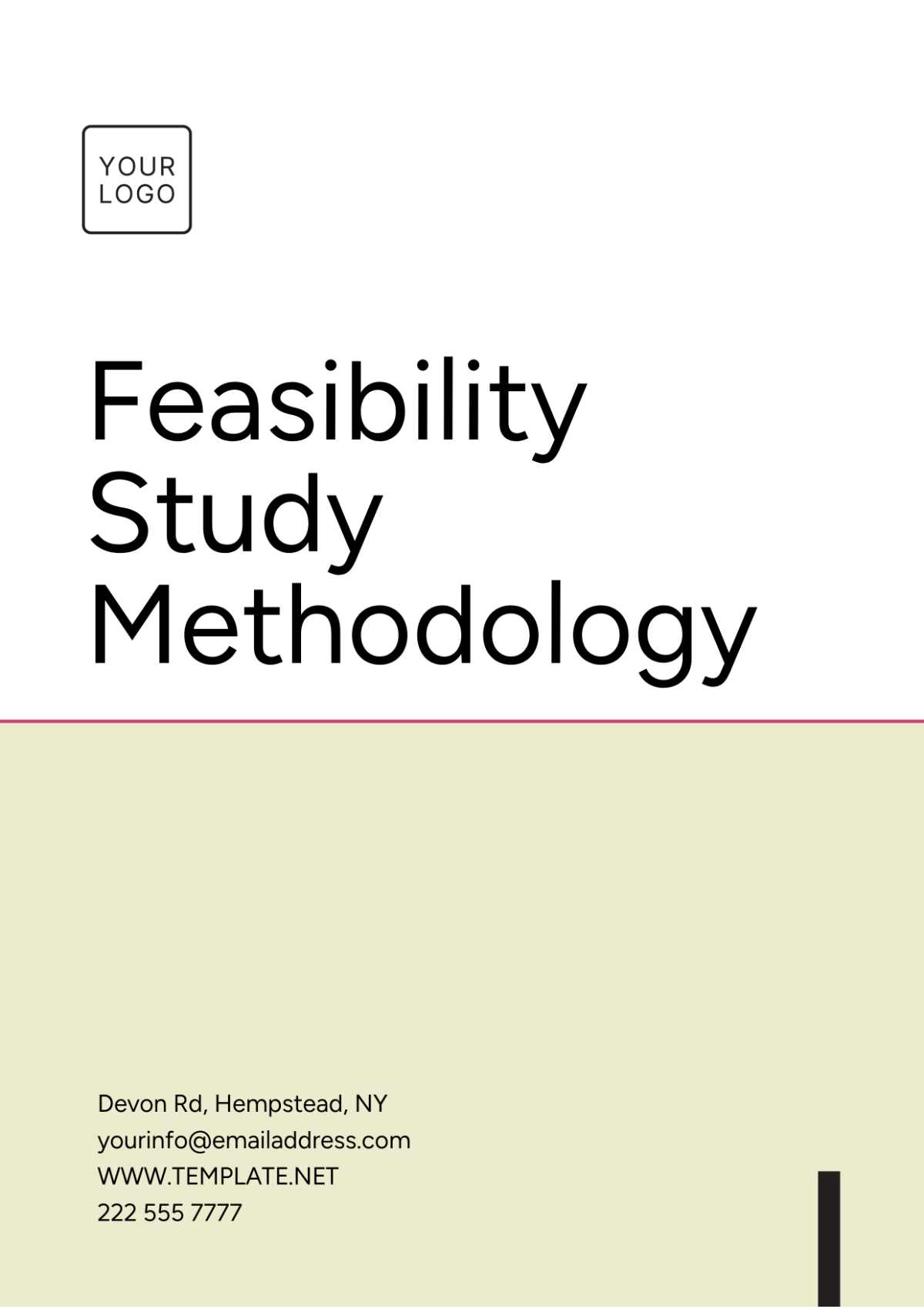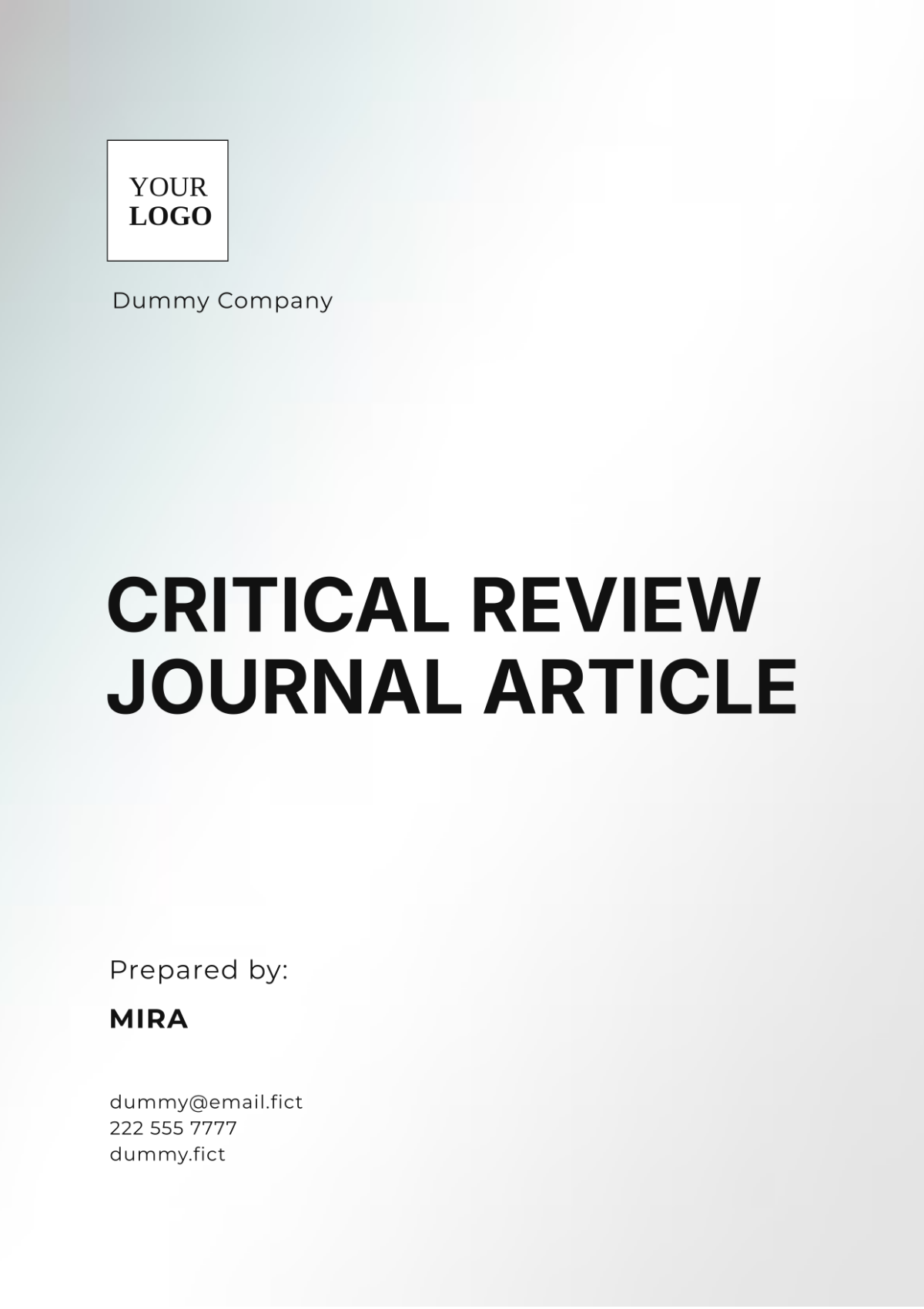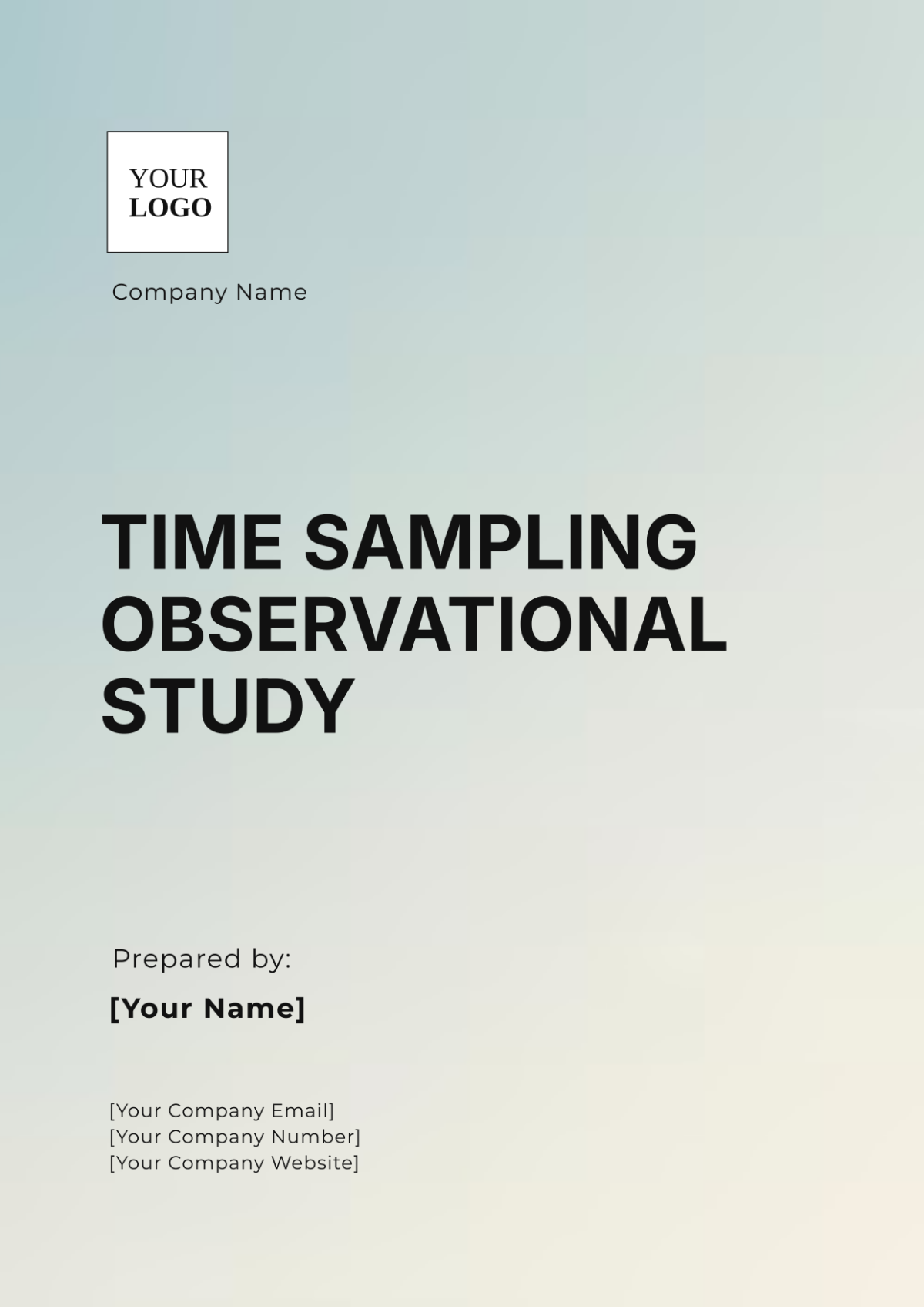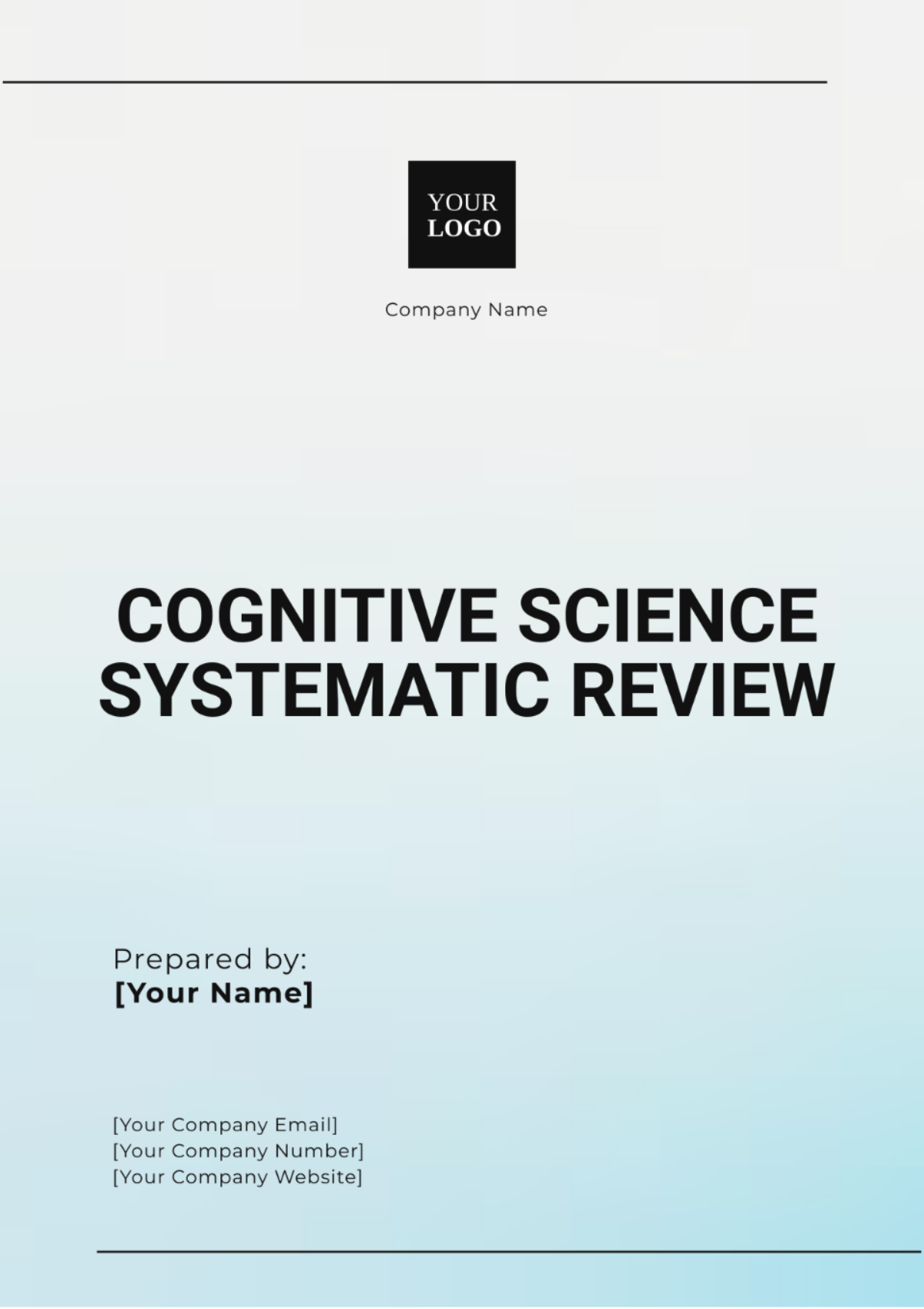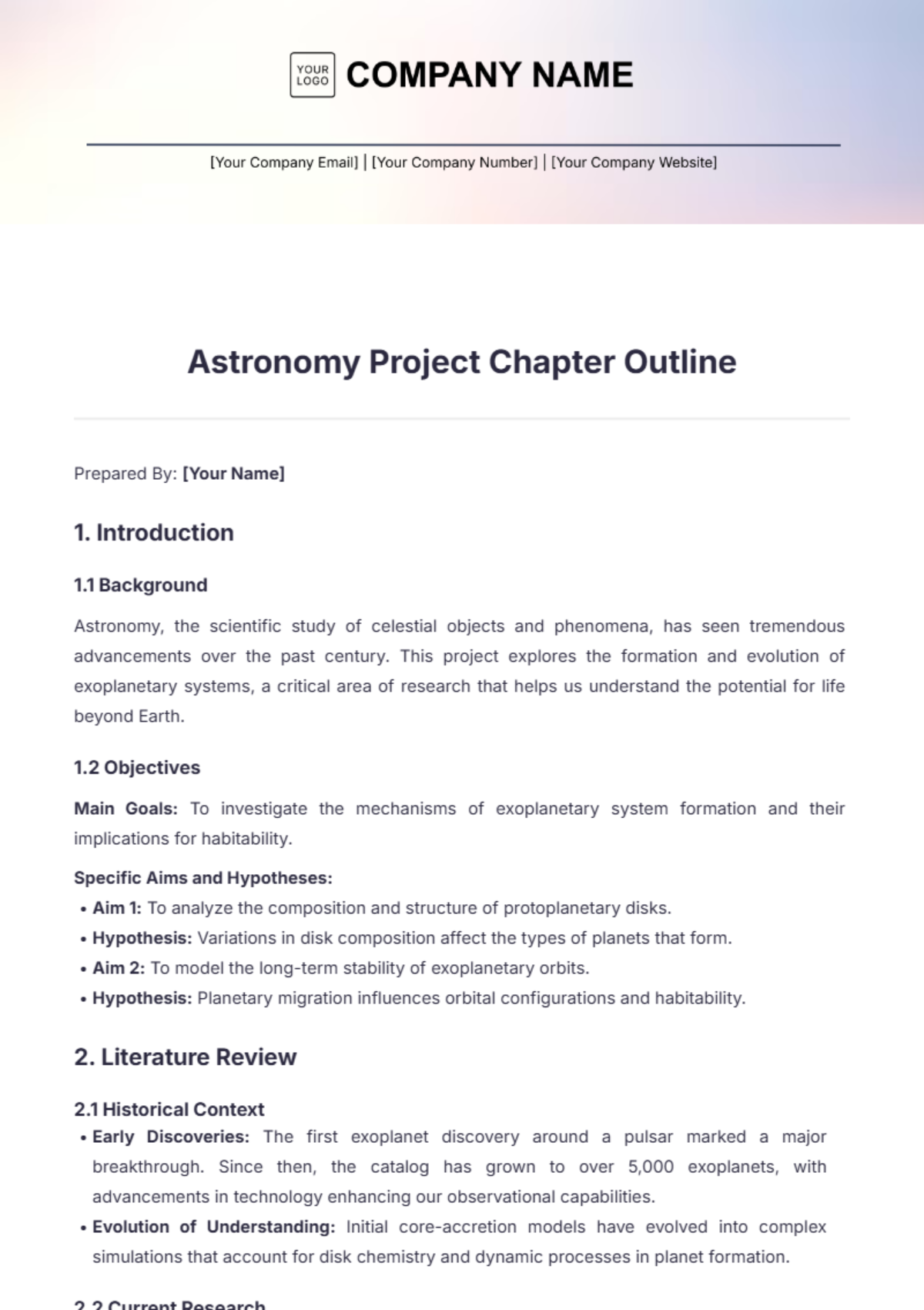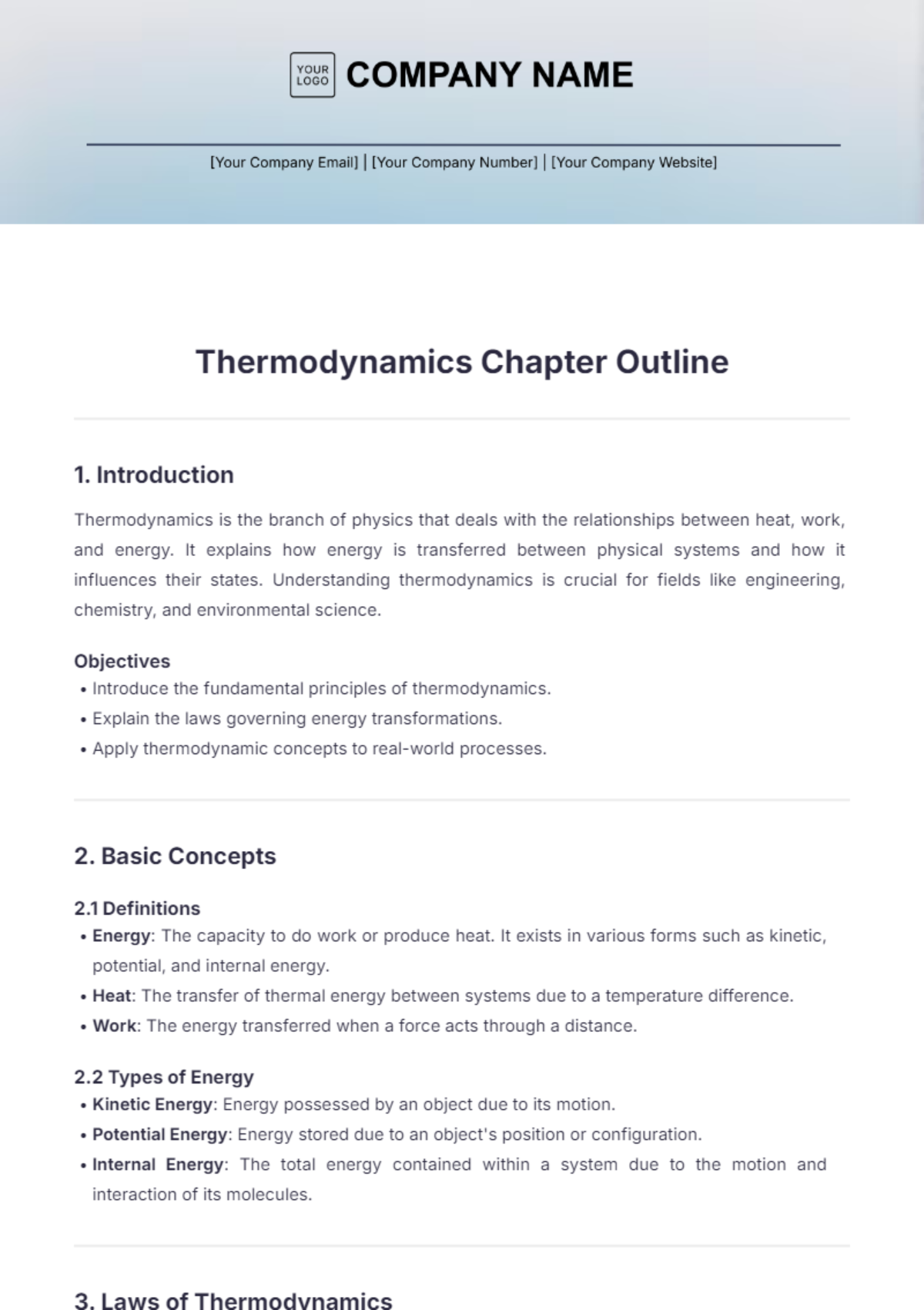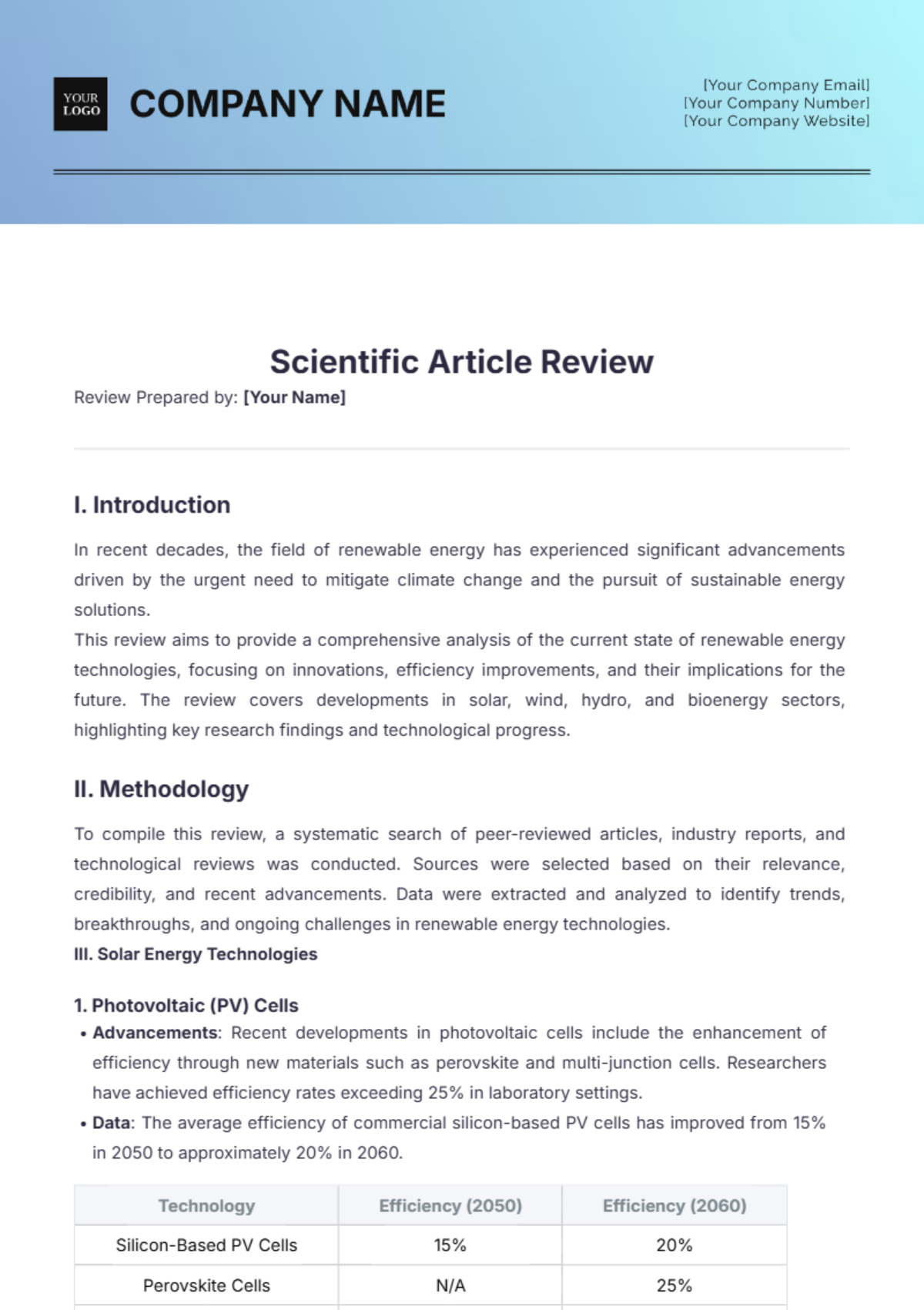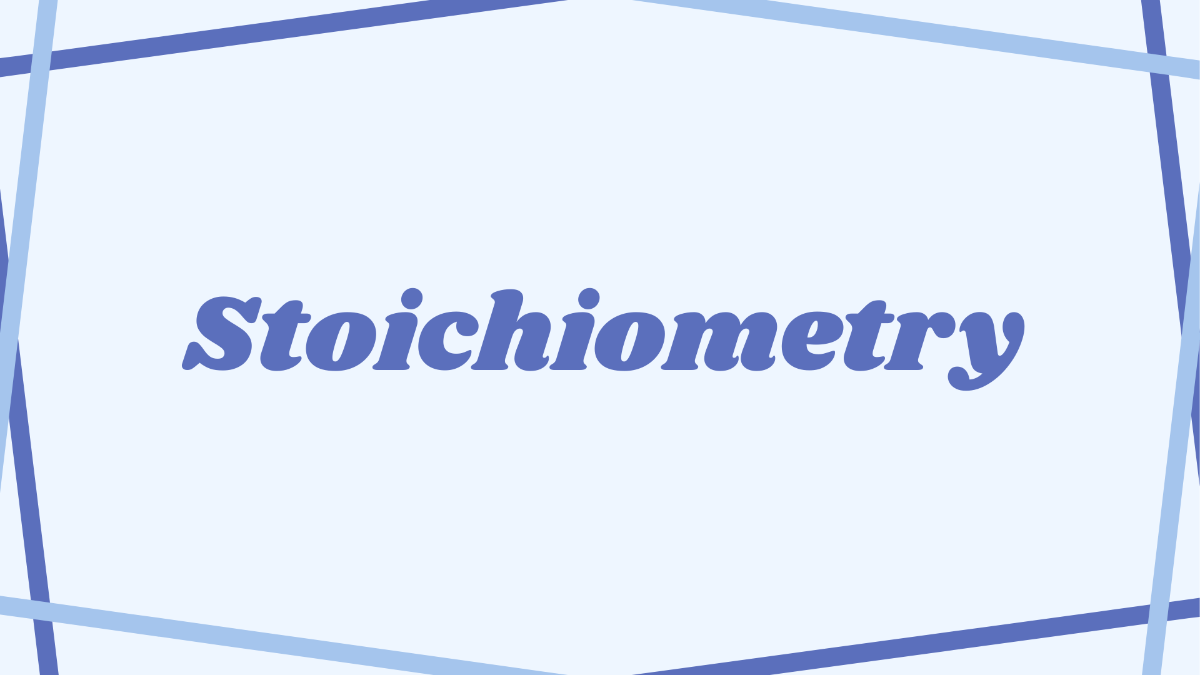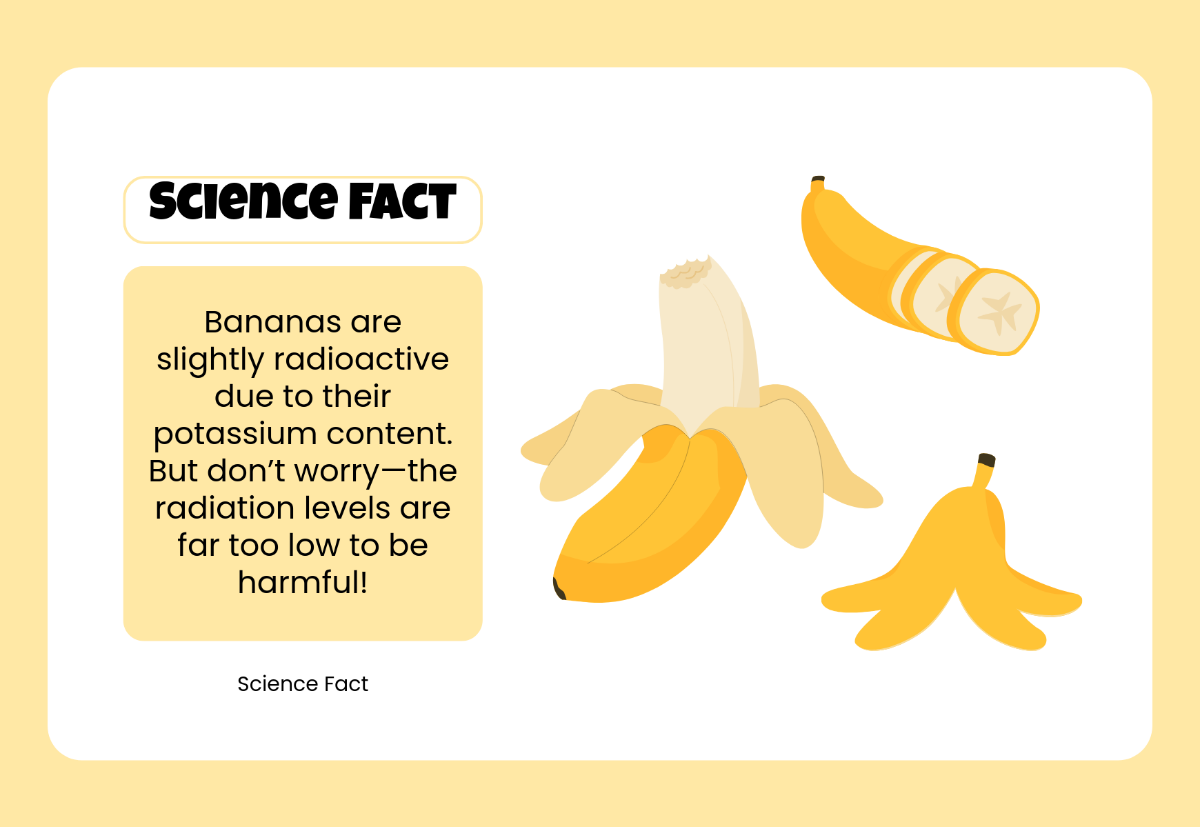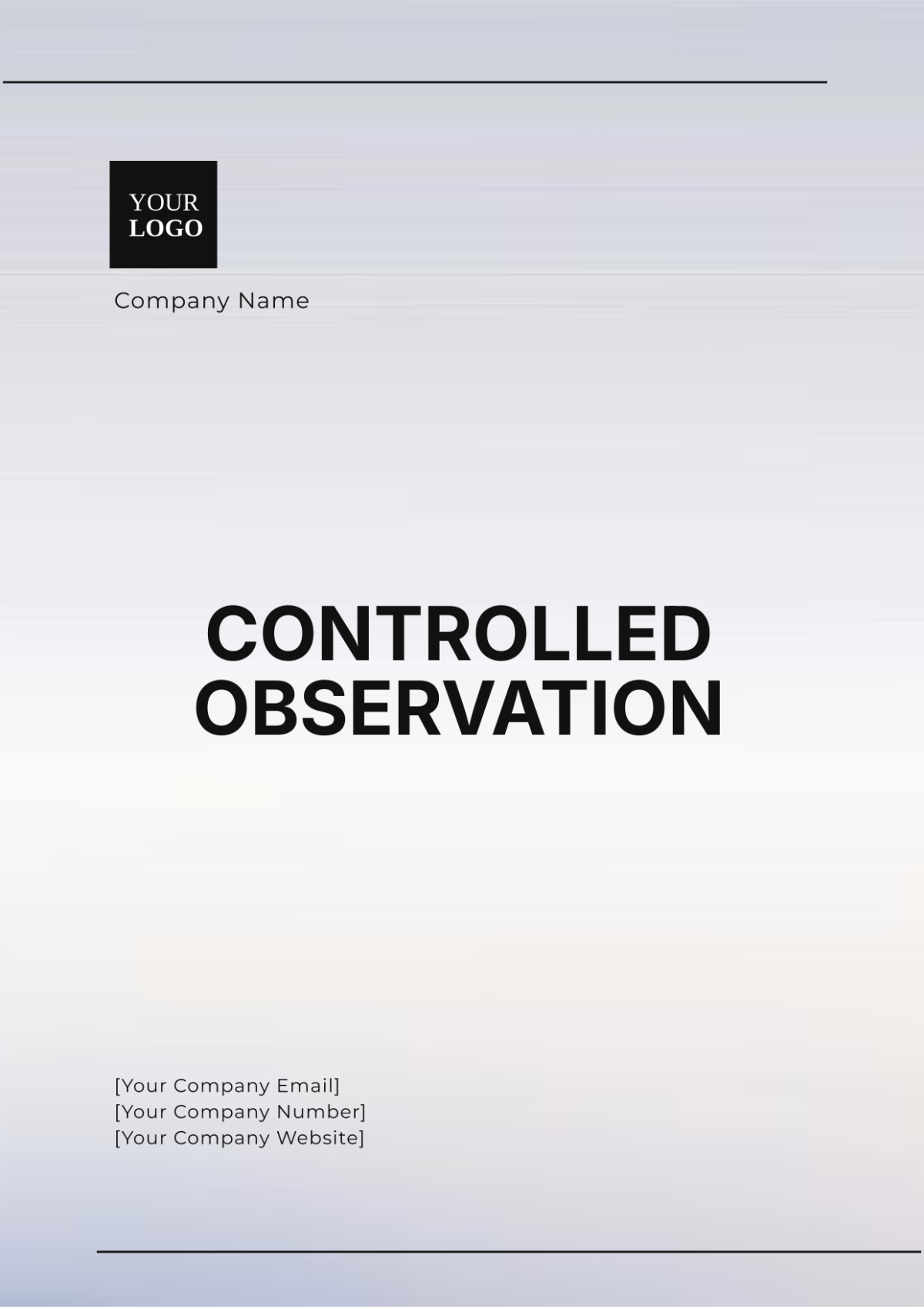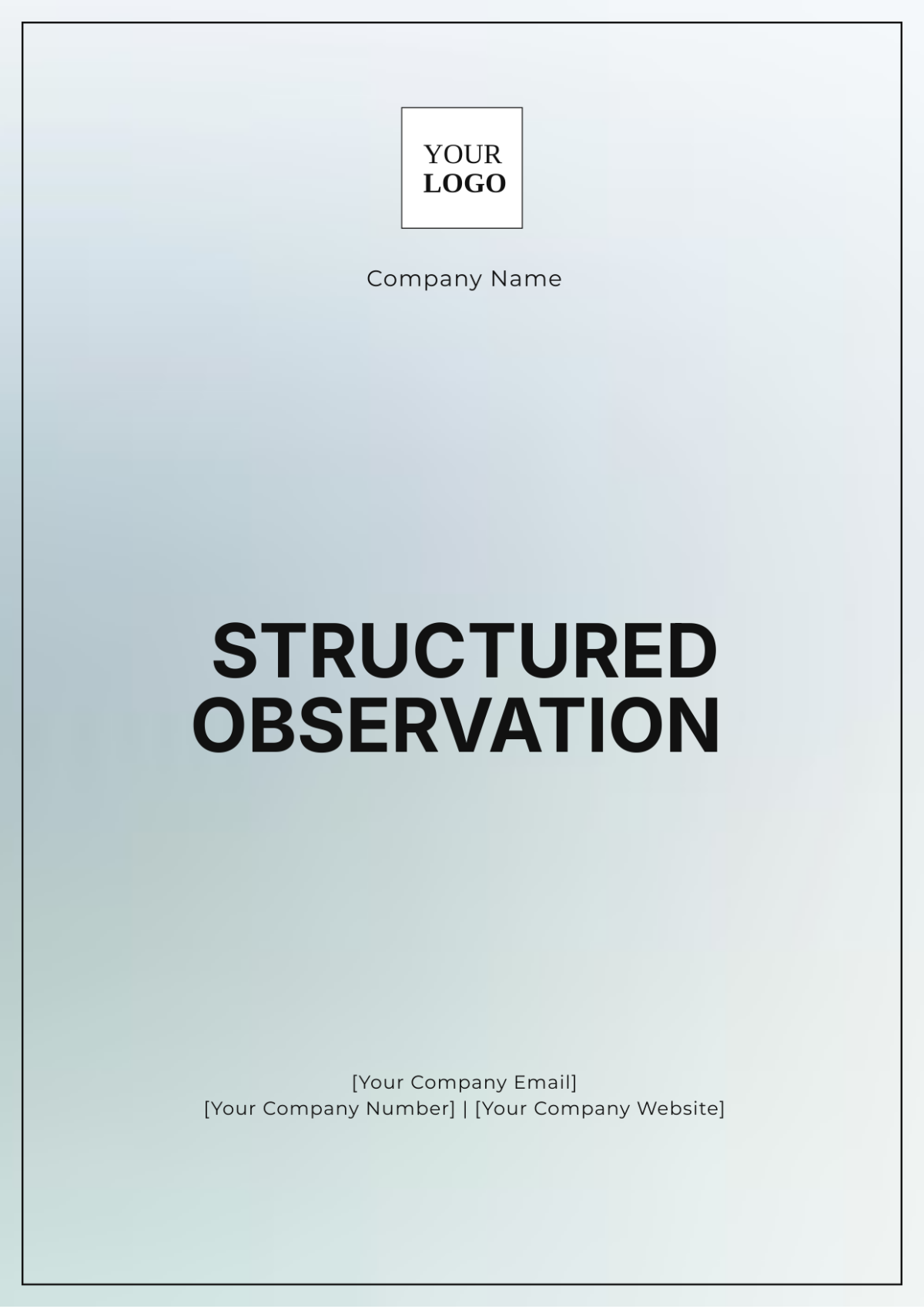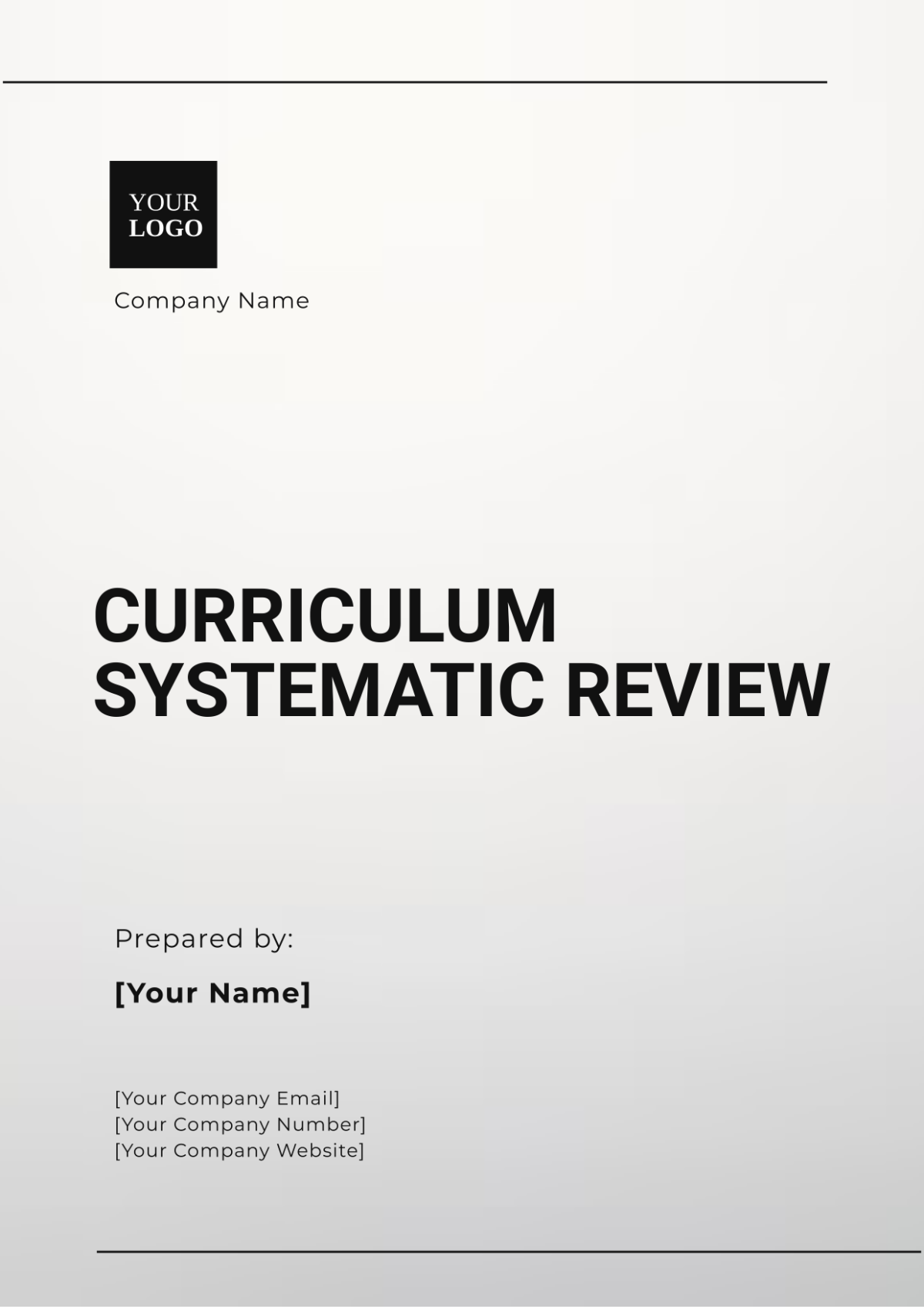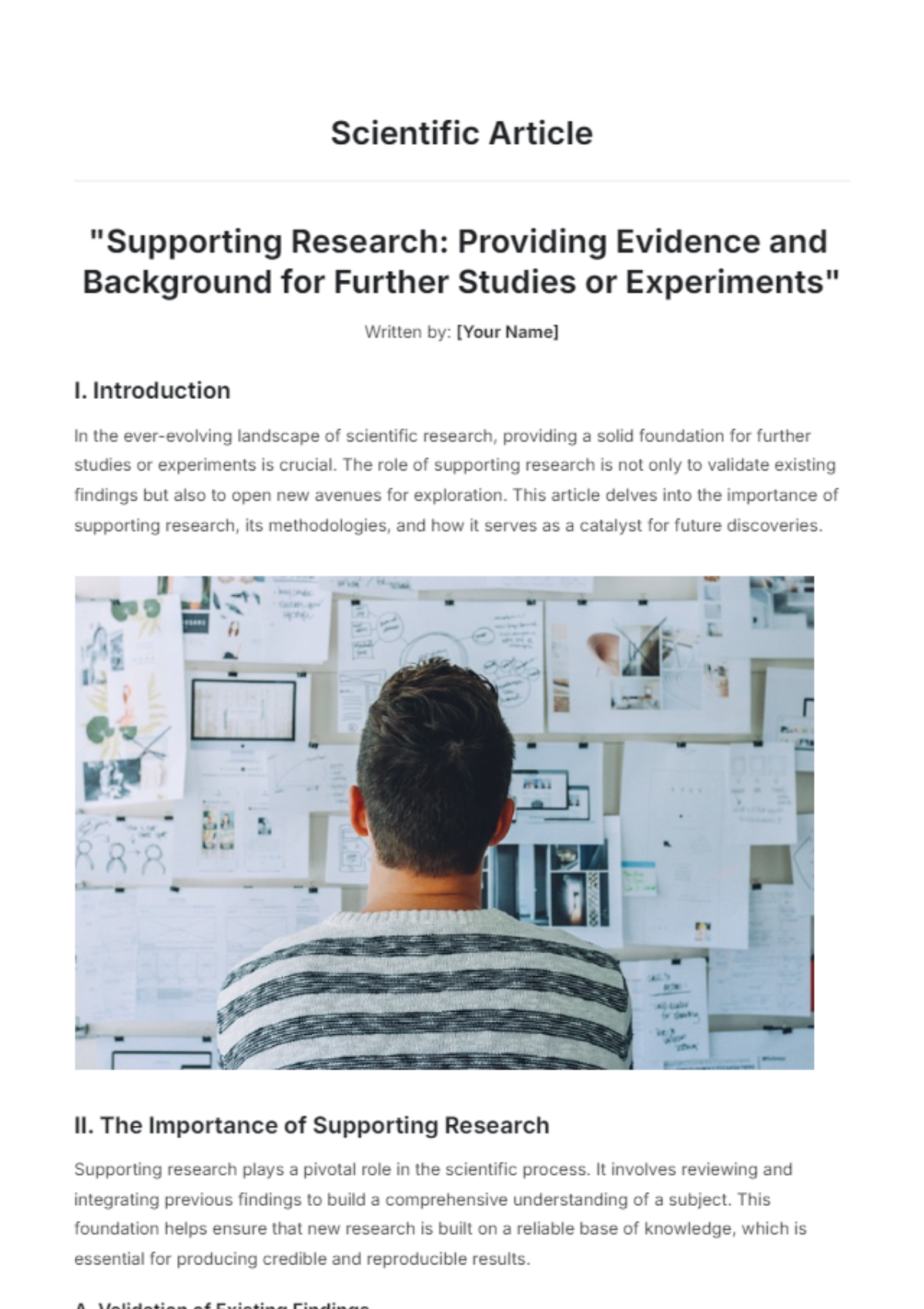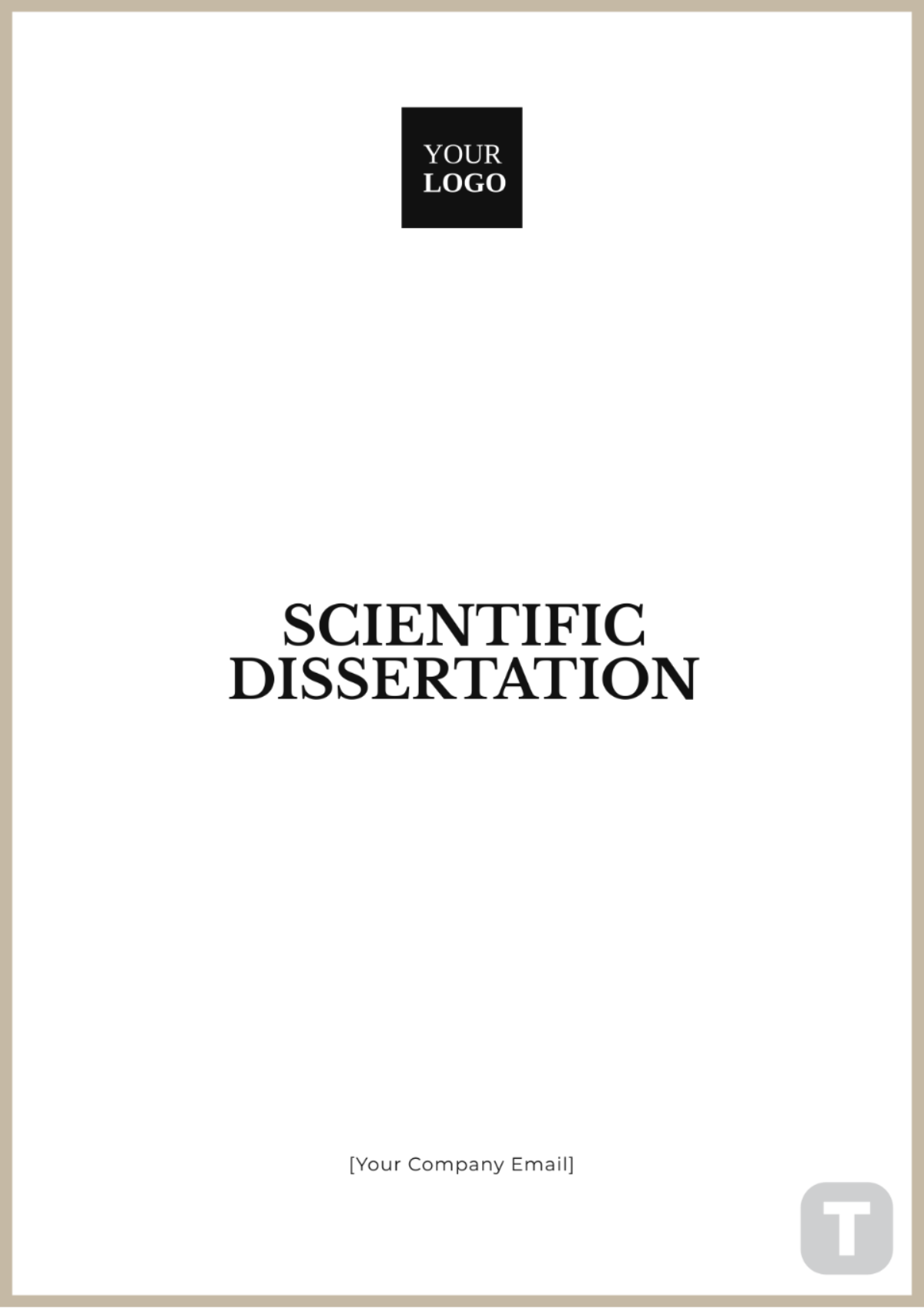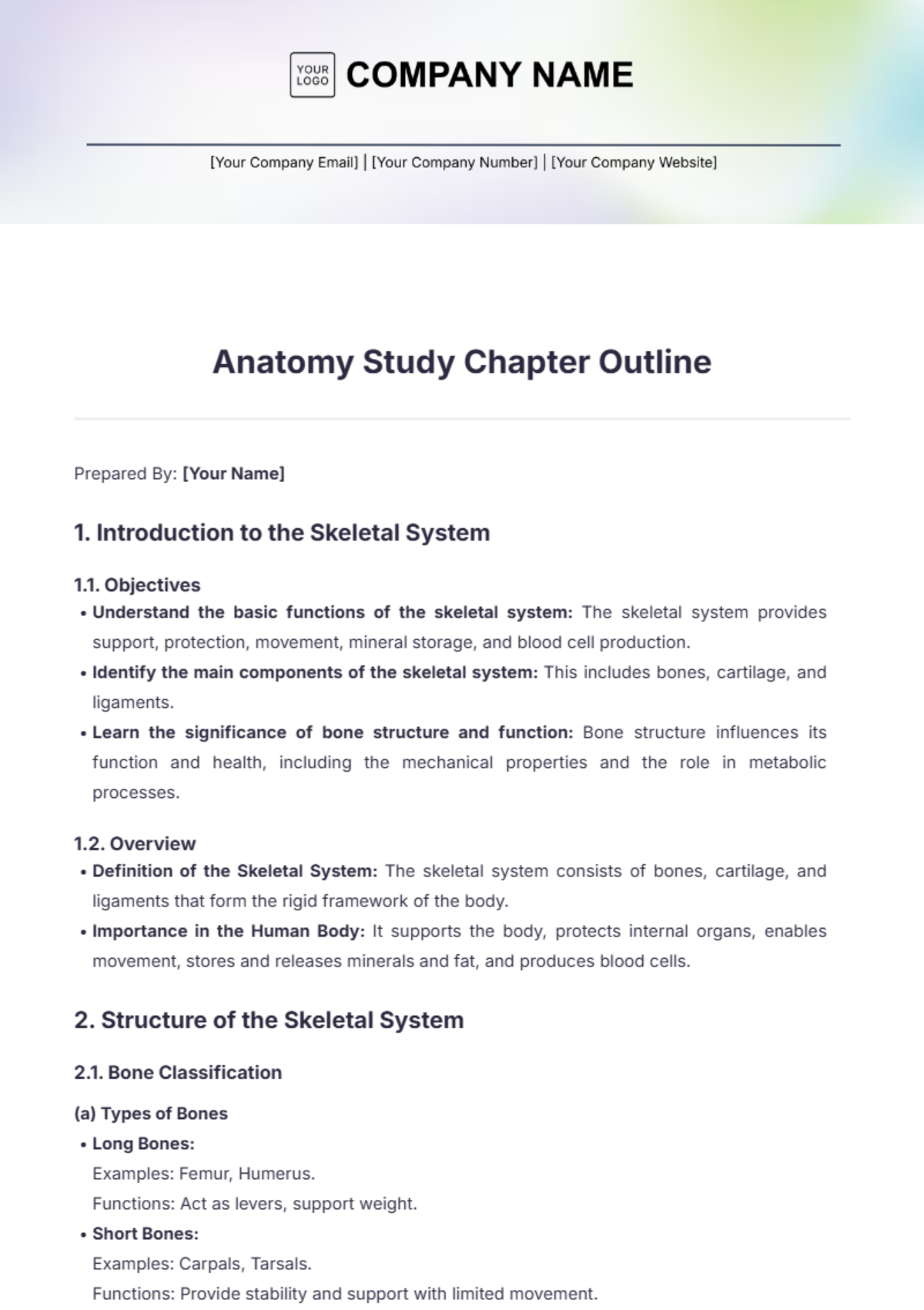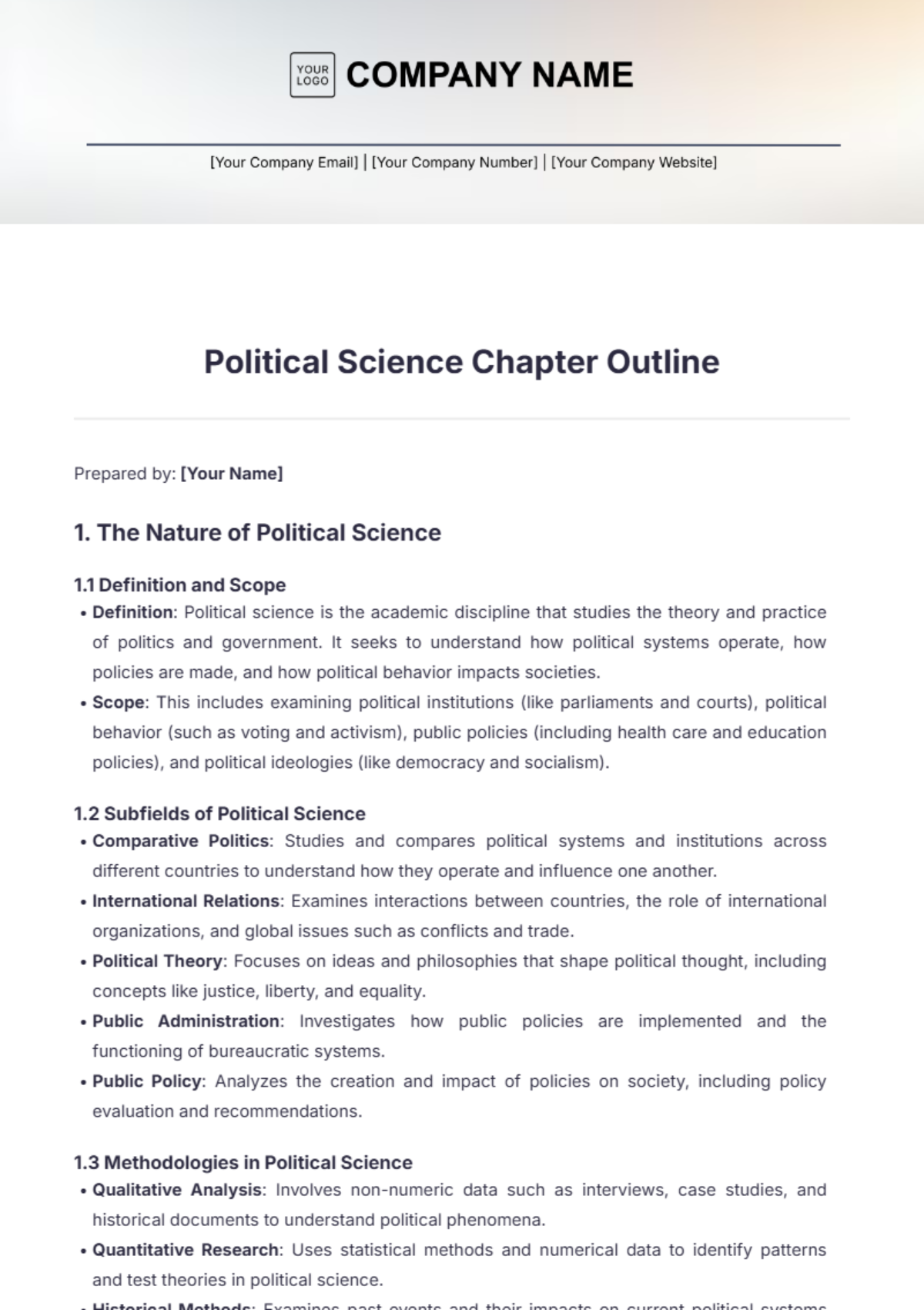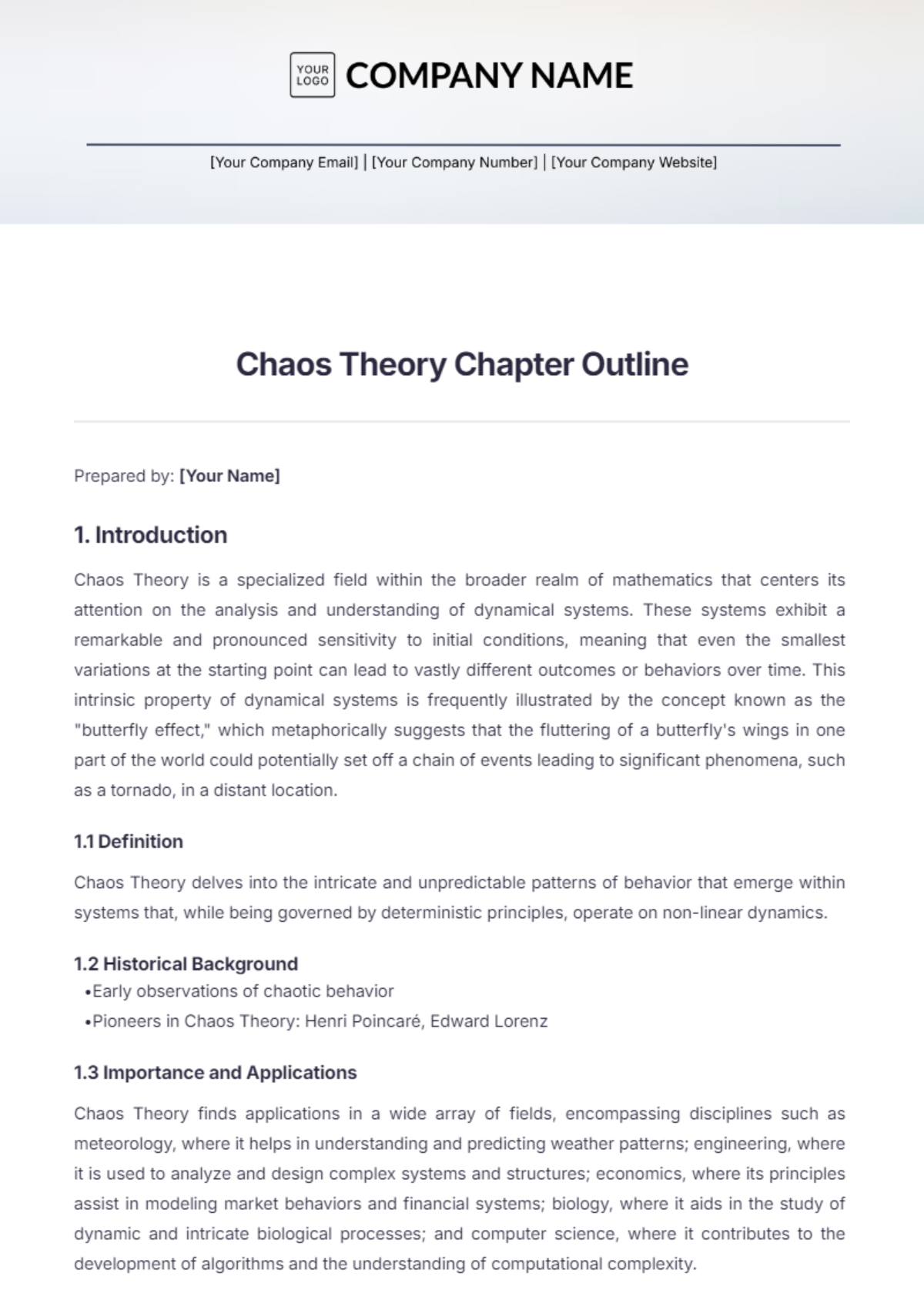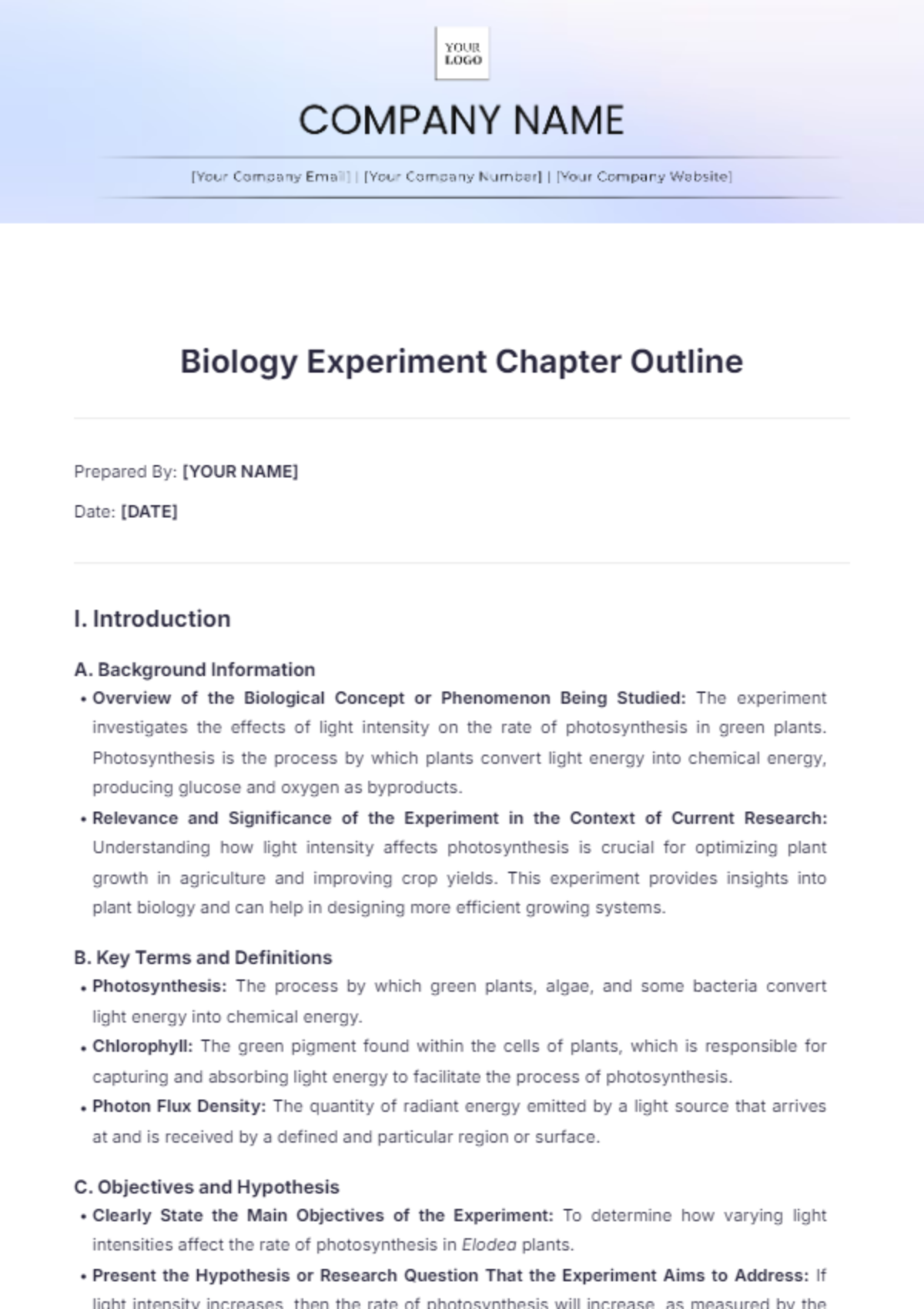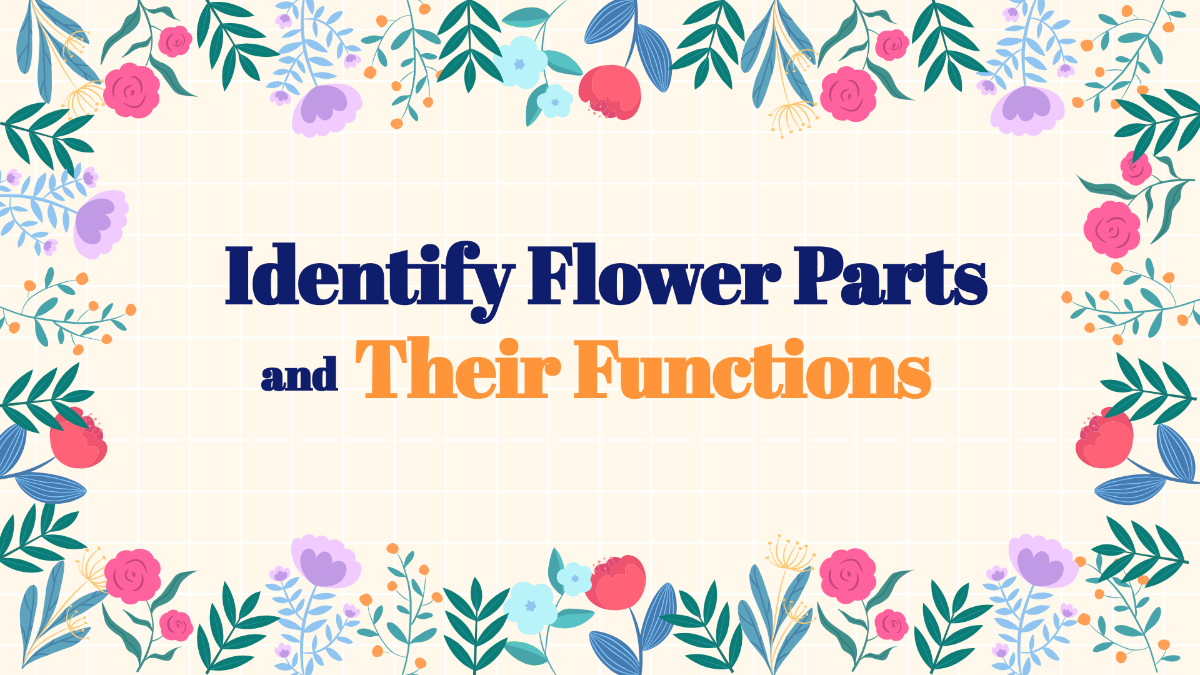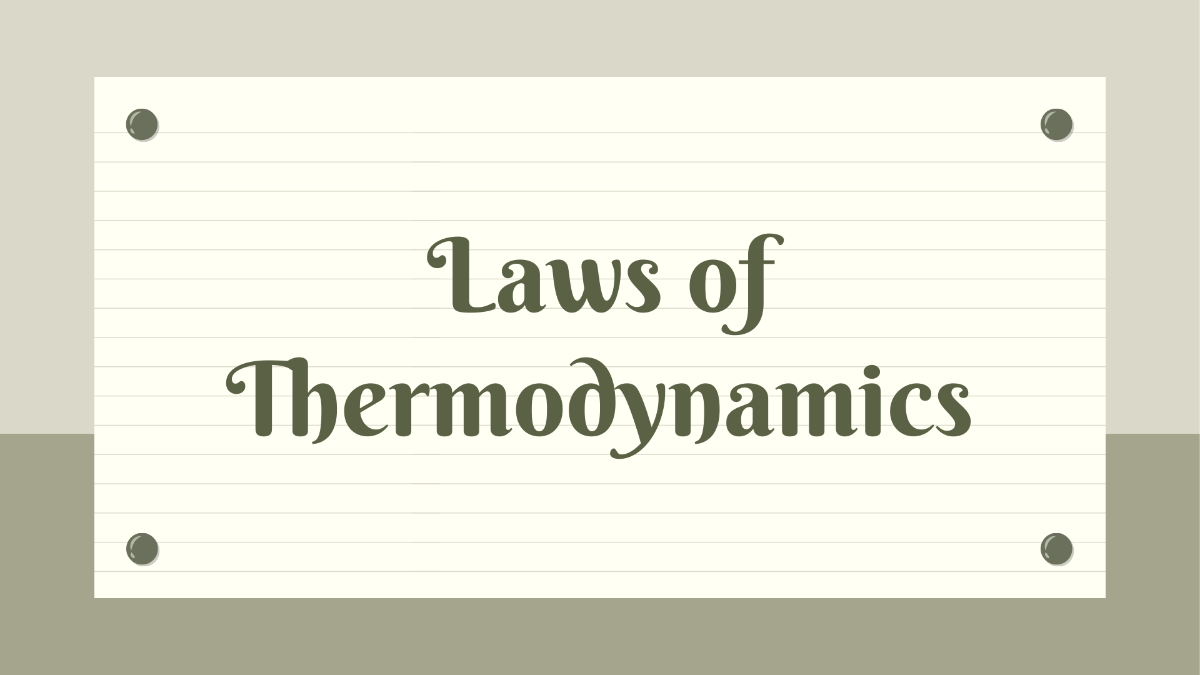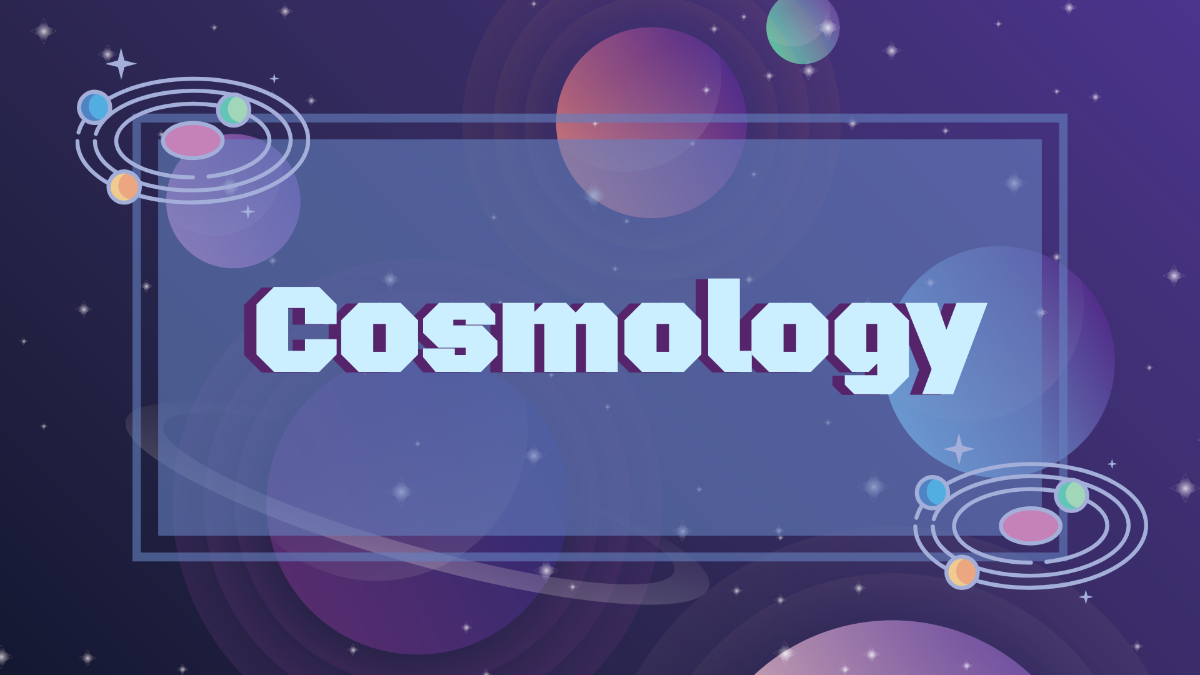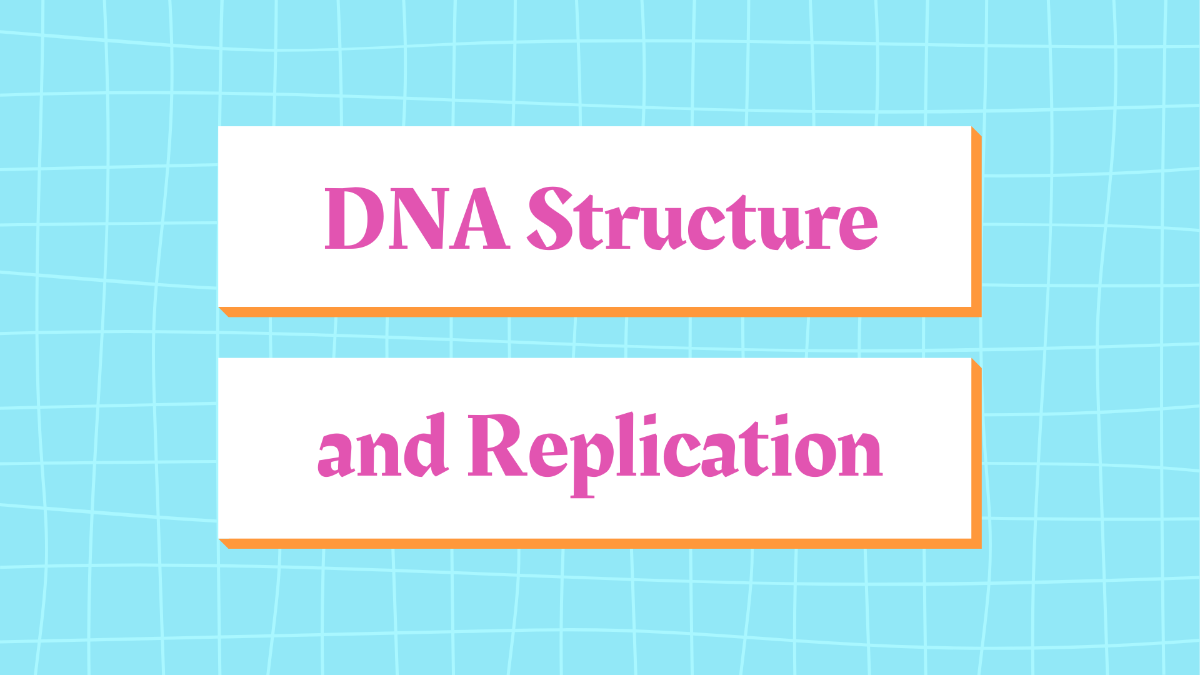STRUCTURED OBSERVATION
Principal Investigator: [Your Name]
Affiliation: [Your Company Name]
Date: [SUBMISSION DATE]
Definition and Purpose
Structured observation refers to the methodical approach of observing and recording participant behaviors using a predefined set of criteria. The primary purpose is to obtain reliable and valid data that can be analyzed statistically. This technique is often used in fields such as psychology, sociology, and education.
Advantages
Objectivity: Structured guidelines ensure that the observer remains unbiased.
Reliability: Use of standardized criteria leads to consistent results across different studies.
Quantifiable Data: Makes it easier to apply statistical methods for analysis.
Limitations
Observer Effect: Participants may alter their behavior because they know they are being observed.
Limited Scope: Focuses only on behaviors that are predefined in the observation criteria.
Resource Intensive: Requires significant time and effort to train observers and prepare appropriate observation tools.
Methodology
Structured observation involves several steps, from defining the objectives to recording and analyzing the data:
Define Objectives: Clarify what behaviors or phenomena need to be observed.
Develop Criteria: Create a checklist or coding scheme to standardize observations.
Select Participants and Setting: Choose a representative sample and appropriate setting for the study.
Train Observers: Ensure that all observers are well-trained to minimize biases and errors.
Collect Data: Use the predefined criteria to record observations systematically.
Analyze Data: Use statistical methods to interpret the recorded data.
Effective Tools
To enhance the accuracy and efficiency of structured observation, researchers often employ various tools and technologies such as:
Tool | Description |
|---|---|
Checklists | Predefined lists of behaviors or events that need to be recorded during observation. |
Coding Schemes | Systematic categories used to classify observed behaviors. |
Recording Devices | Cameras or audio devices used to capture behaviors for later analysis. |
Software | Specialized programs for data collection and analysis. |
Ethical Considerations
Ethical guidelines need to be strictly followed to ensure the integrity of structured observation studies:
Informed Consent: Participants must be informed about the purpose of the study and consent to being observed.
Confidentiality: All data collected should be kept confidential and used solely for research purposes.
Deception: Should be minimized and justified only if it contributes significantly to the study's objectives.
Conclusion
Structured observation is a valuable method in research that provides reliable and objective data through systematic analysis. Despite its limitations, it remains a critical tool in various academic and professional fields, offering insights that are often unattainable through other data collection methods.
References
American Psychological Association. (2050). Publication manual of the American Psychological Association (7th ed.). Washington, DC: Author.
Cozby, P. C., & Bates, S. C. (2055). Methods in Behavioral Research (12th ed.). McGraw-Hill Education.
Yin, R. K. (2058). Case study research and applications: Design and methods (6th ed.). Sage Publications.

